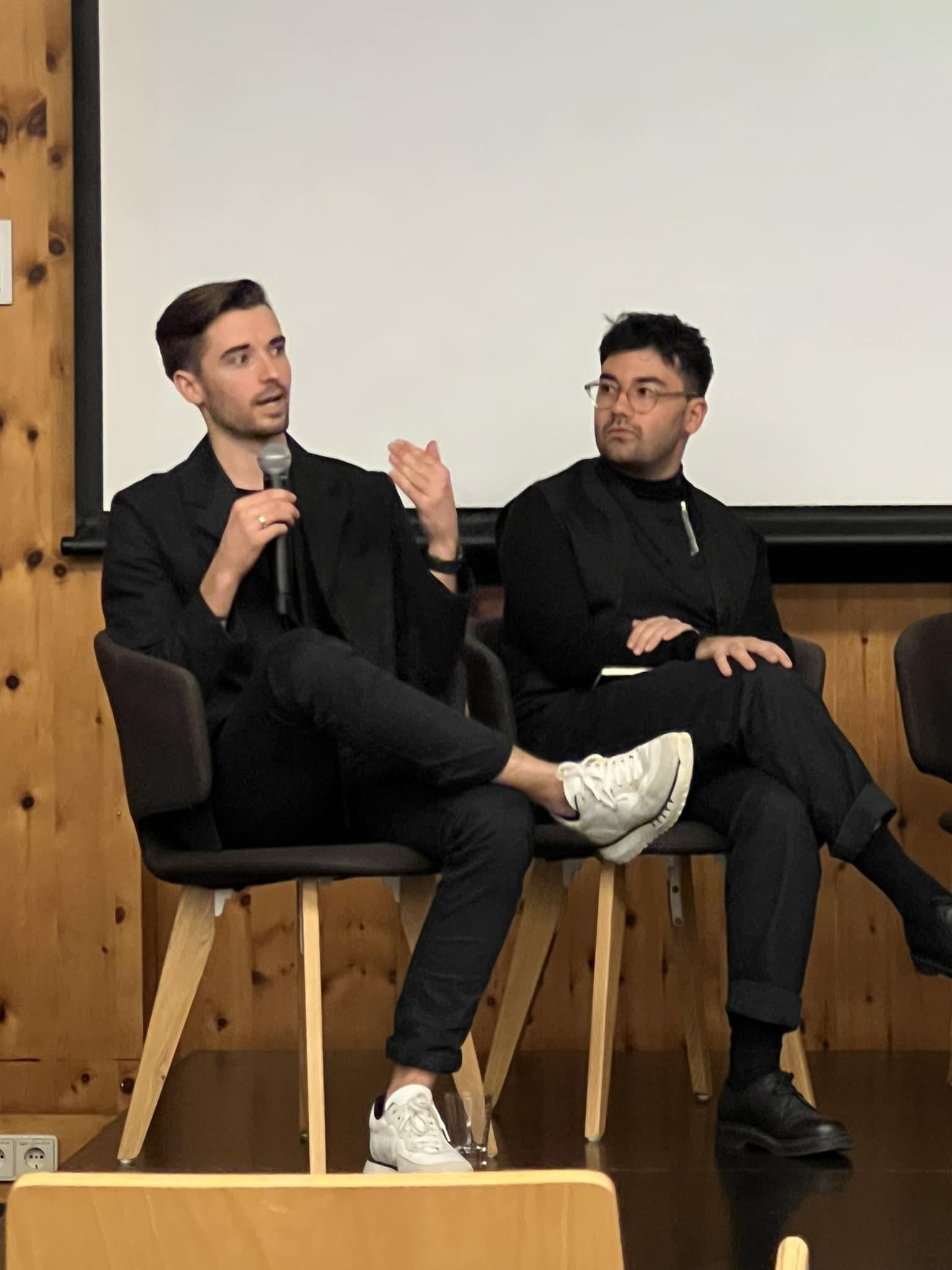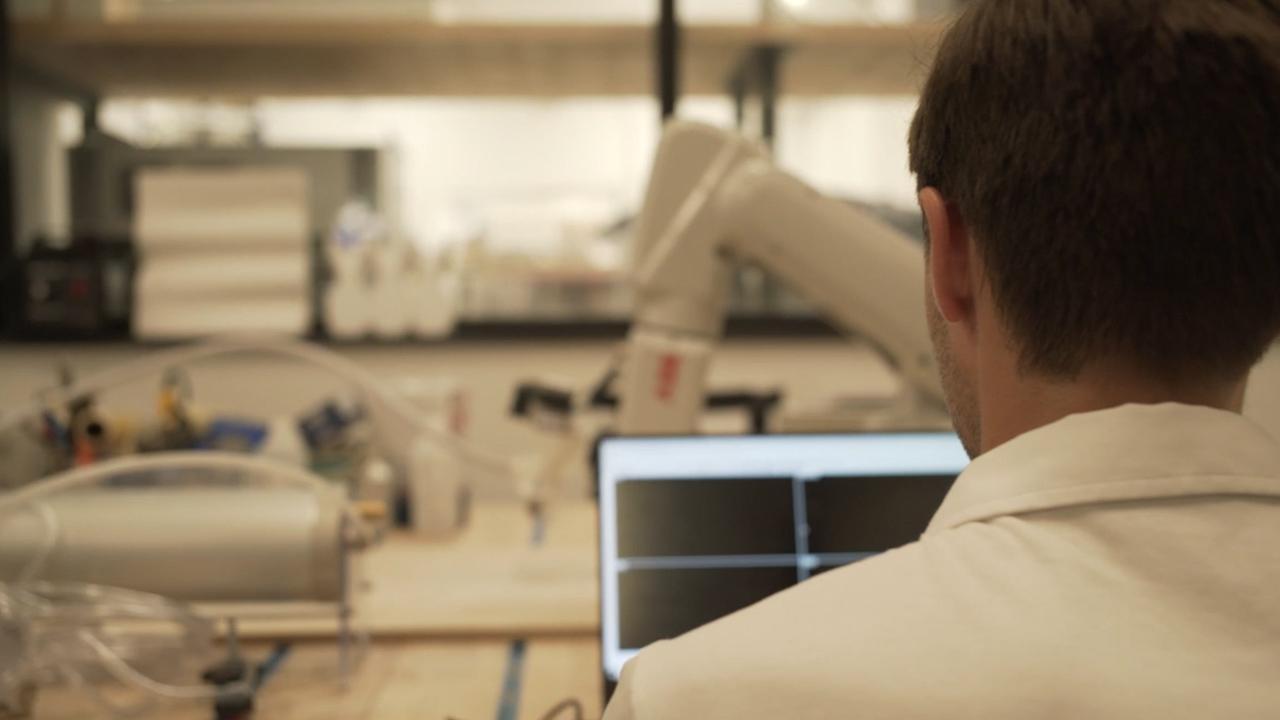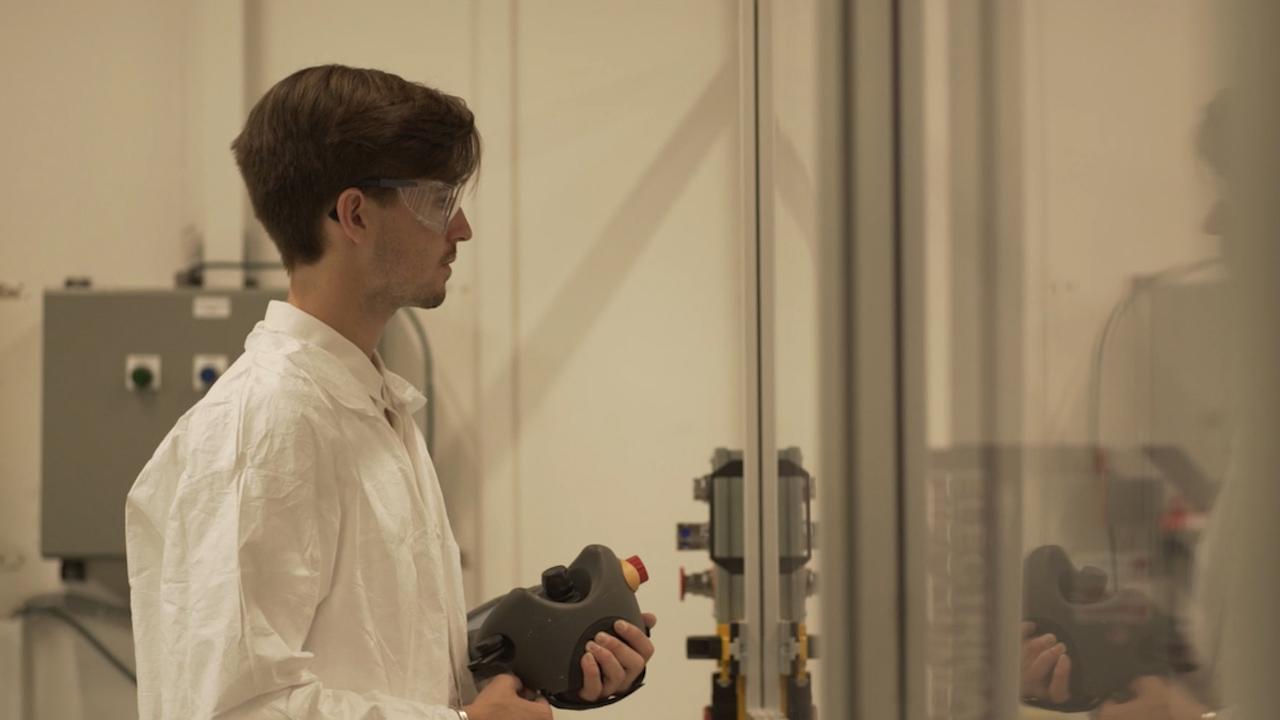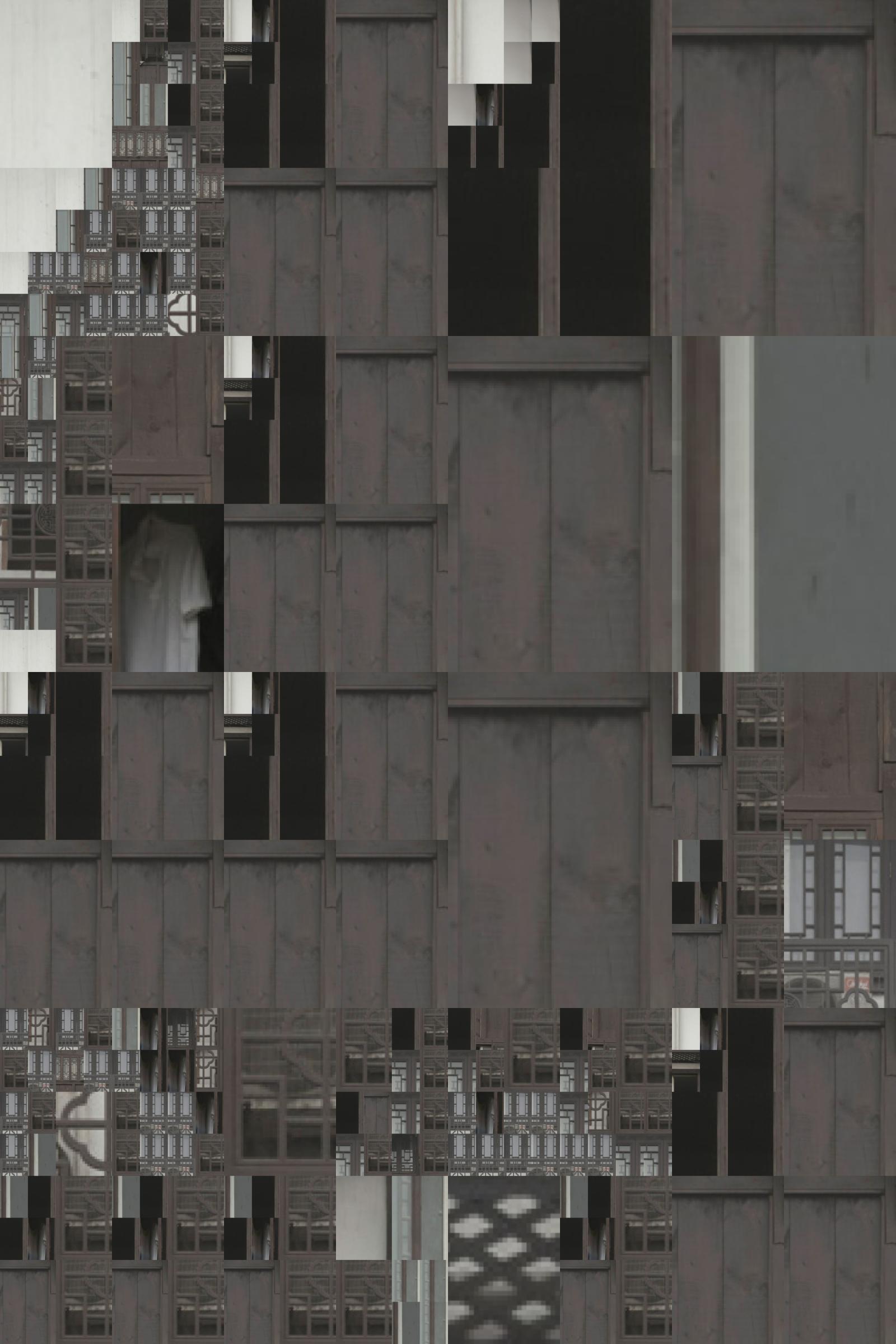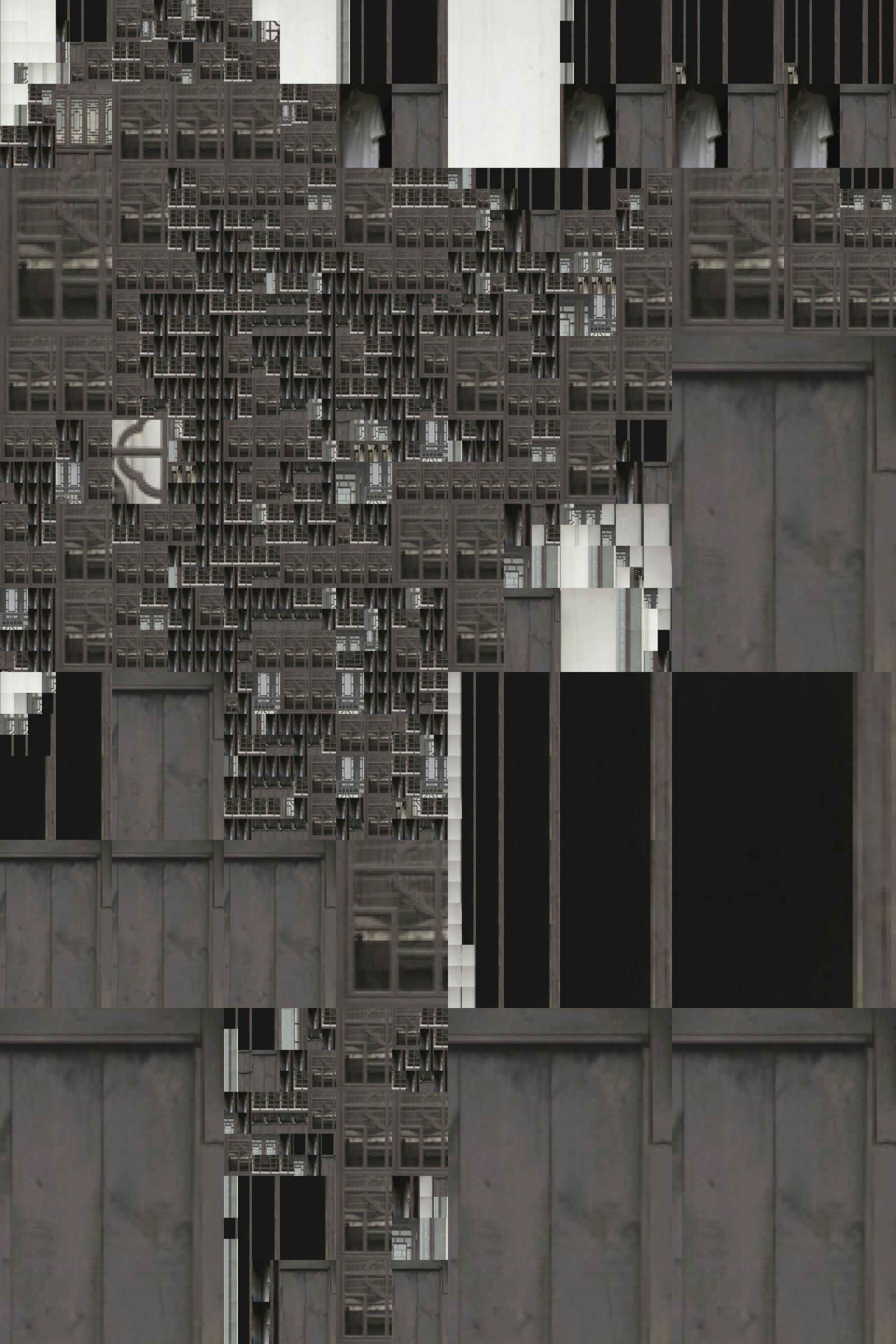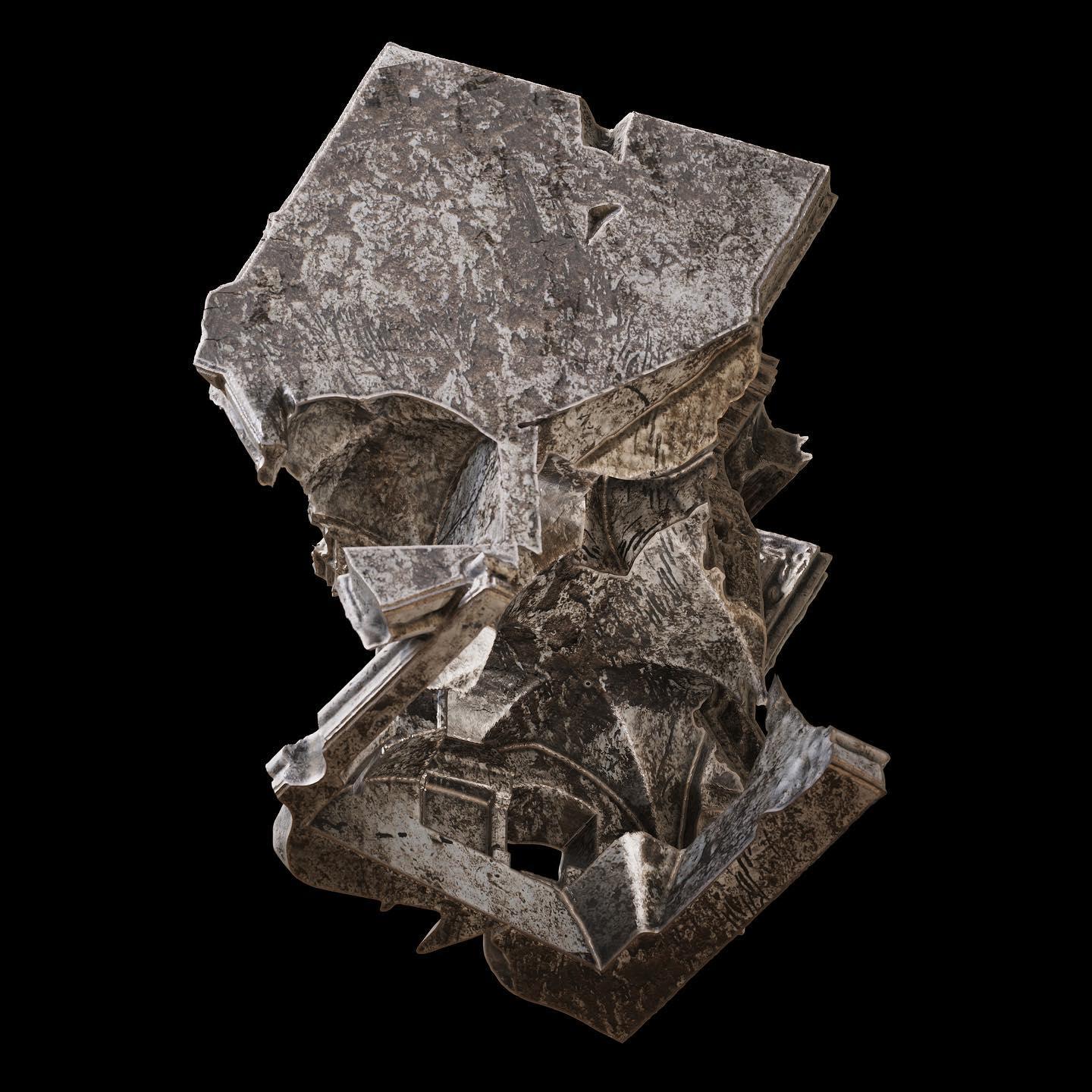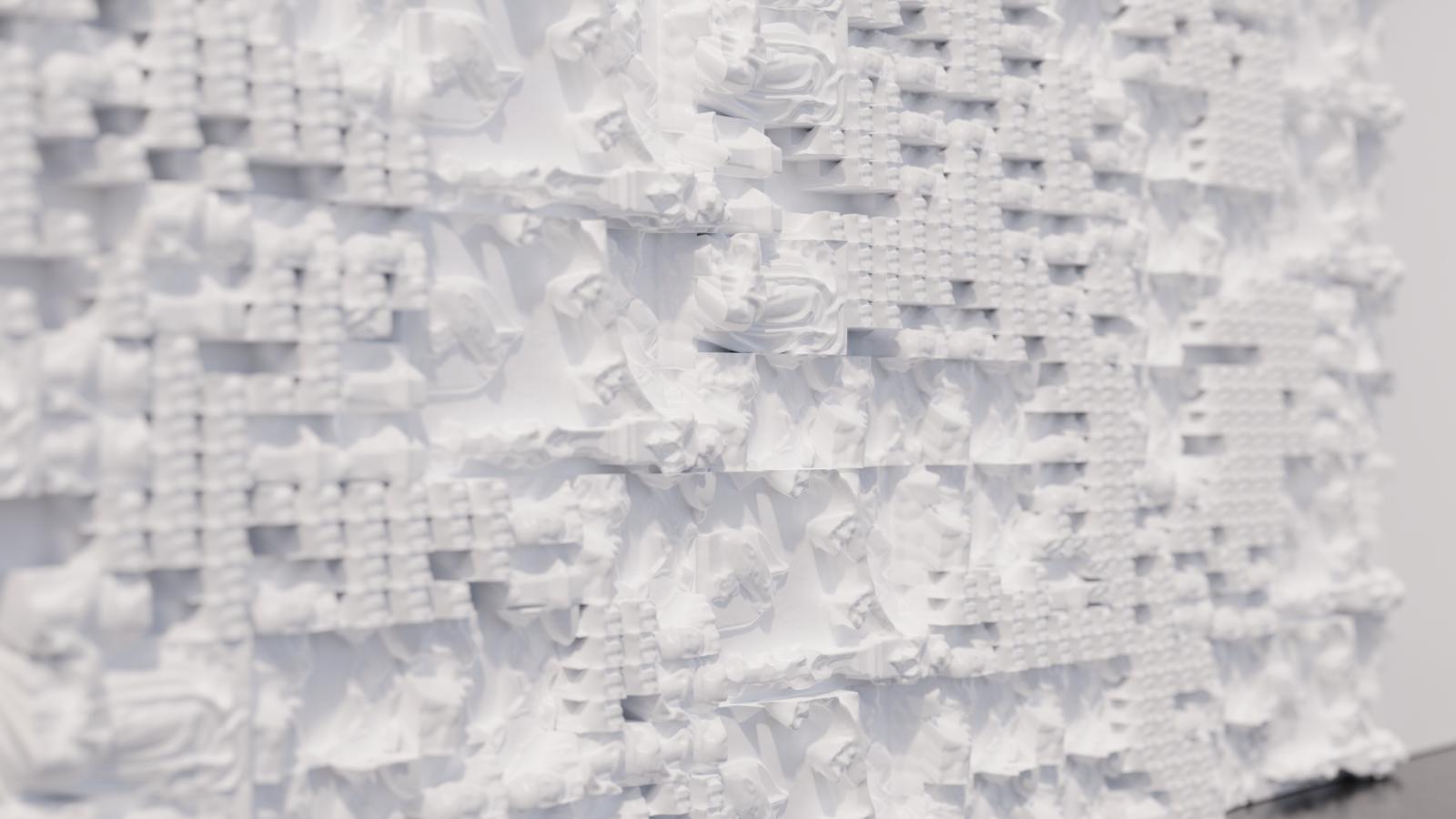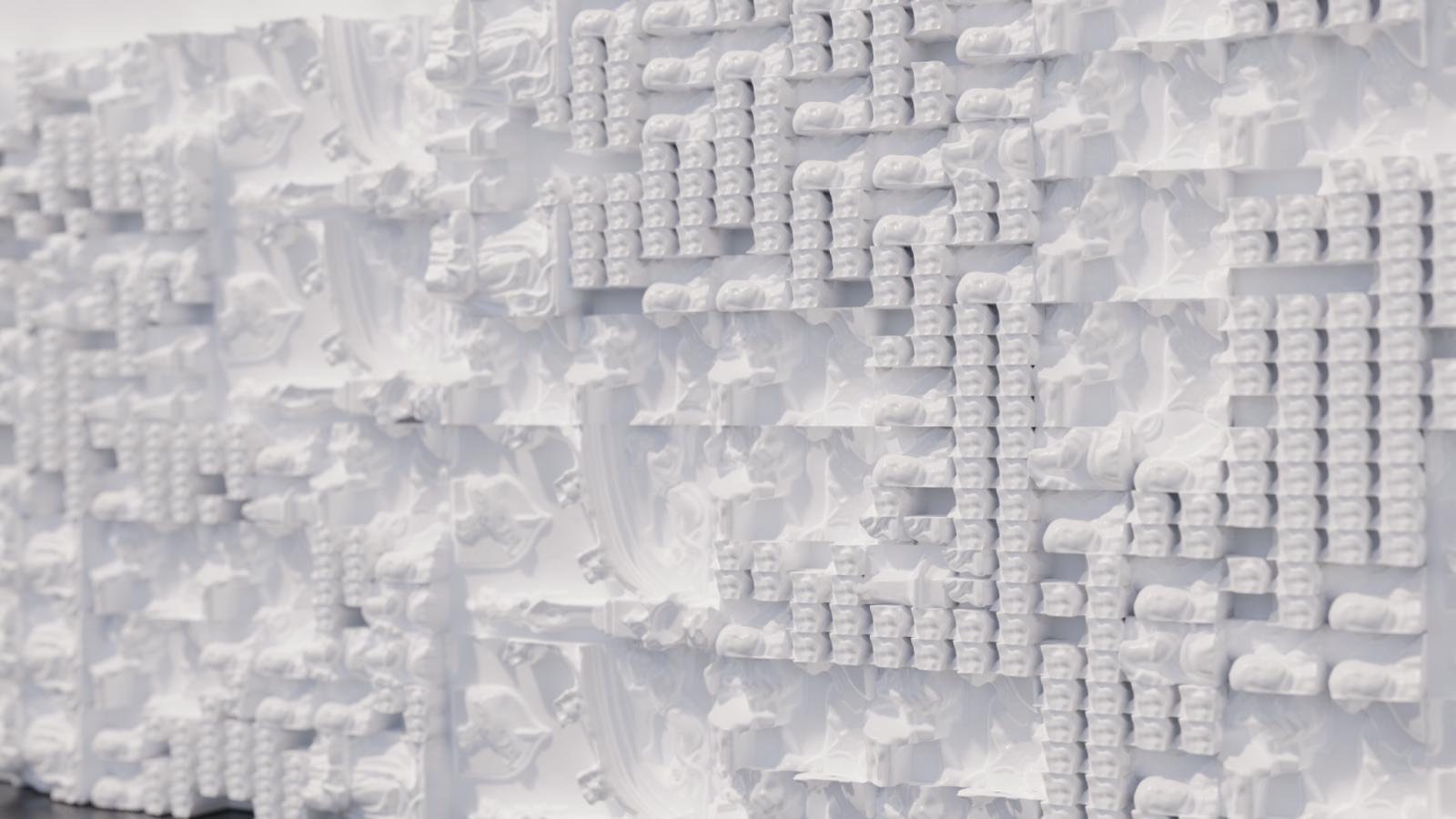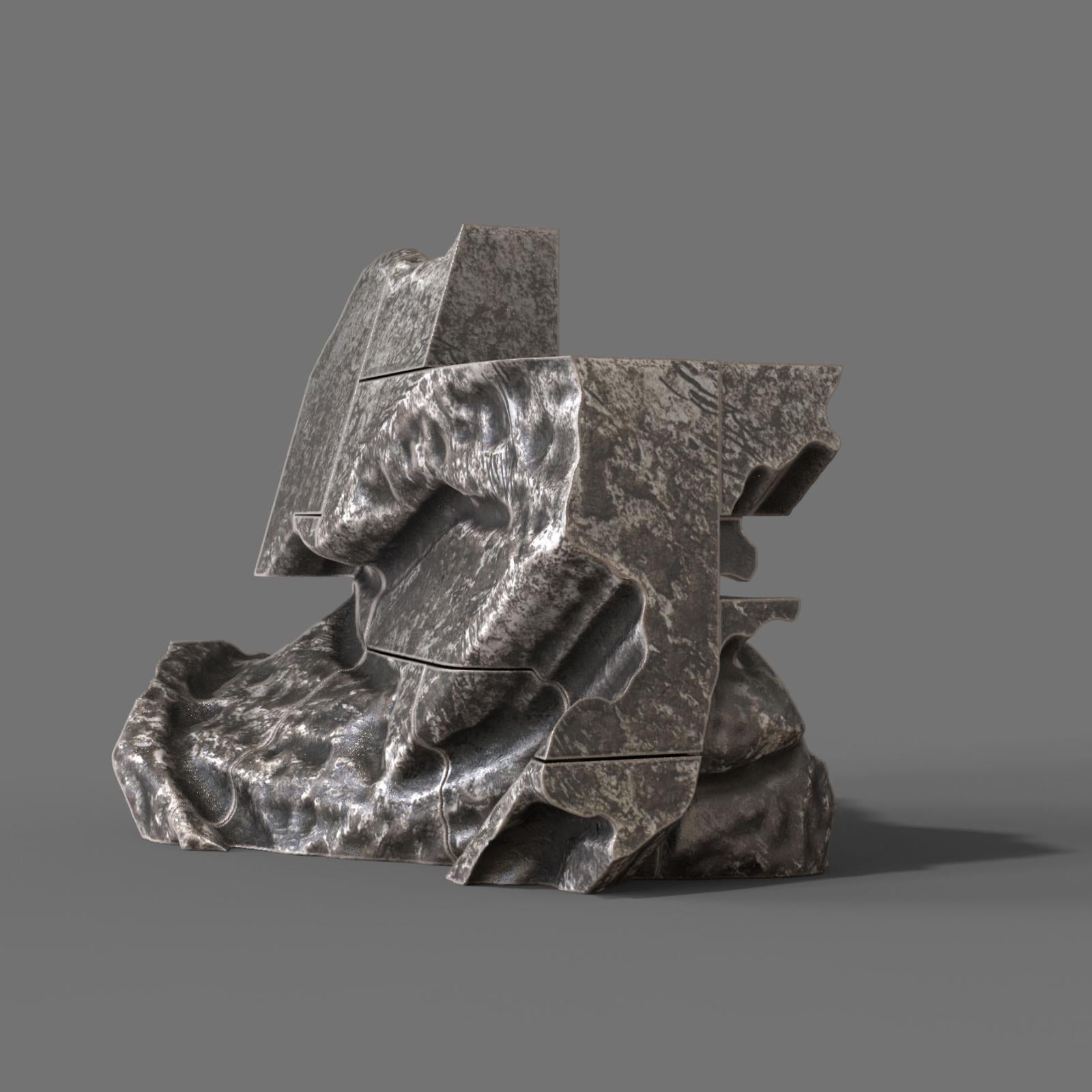Meet Patrick Danahy

Patrick Danahy is The University of Texas at Austin School of Architecture’s 2023-2025 Emerging Scholar in Design Fellow. Before joining the school last fall, Danahy was the Design Innovation Fellow at Ball State University while teaching studio at Texas A&M University. His teaching and research focus on computation and robotics, integrating architectural reference with emerging machine-learning technologies. Danahy has led numerous workshops on emerging media and digital technologies, including the 2022 ACADIA conference, the UCL Bartlett RC20 Skills-Share program, the University of Kentucky, and the University of Pennsylvania.
To welcome and introduce Patrick to the UTSOA community, we caught up with him to learn more about his professional background and interests.
Tell us a bit about your background and your professional trajectory.
I received my undergraduate degree in architecture at Clemson University, followed by a Master of Architecture from the University of Pennsylvania. I was fortunate at both schools to find my interests in computational design and digital fabrication, as well as a great deal of support from both faculties.
While studying at the University of Pennsylvania, I began research and teaching, leading to several published papers presented internationally at ACADIA, SIGRADI, ICRA, TRAITS, and CAADRIA. At the 2022 CAADRIA conference on post-carbon architecture, Robert Stuart-Smith and I received a ‘Best Presentation Runner Up’ award for our co-authored paper on visual character analysis using computer vision methods and multi-agent algorithmic design inside the Rhino design environment. I have had the privilege to work with Robert on several other projects, including multi-agent aerial additive manufacturing work and real-time robotics interfaces in more recent papers.
I have always been interested in computational tools and topics, of which machine learning and artificial intelligence are currently the trendiest; they are also at the forefront of my own interests. I have taught design studios, programming courses, and technology seminars at a range of levels, including undergraduate and graduate, for architecture and landscape architecture students, as well as post-professional design programs in robotics. These courses, plus visiting lectures and workshops, have brought me to institutions around the world, including Texas A&M, the UCL Bartlett, the University of Pennsylvania, Ball State University, RMIT, and the University of Kentucky.
When did you develop your interest in digital design and emerging technologies? What drew you to the work you’re doing now?
I have always had an affinity for programming and mathematical thinking that, at various times, has more or less aligned with my design pursuits. Early in my education, I was exposed to incredible mentors invested in emerging technologies, including Joseph Choma, Dave Lee, Ezio Blasetti, Masoud Akbarzadeh, and Robert Stuart-Smith, among many others. They helped me to define a path forward that combined computational thinking with aesthetics, theory, and the history of architecture. Being exposed to such an incredible group of educators encouraged me to teach, increasing access and exposure to computational methods within architecture as a discipline. My two primary points of interest, robotic fabrication and machine learning, have been developed through work in research labs like the Autonomous Manufacturing Lab at the University of Pennsylvania and in personal work like my graduate-level thesis, which cataloged the qualitative effects of the Art Nouveau through photogrammetric scanning and a series of machine learning processes.
What are some of the biggest challenges or opportunities facing the discipline as it relates to these new and emerging technologies?
One of the biggest challenges and opportunities, simultaneously, is the rapid expansion of artificial intelligence. The discipline of architecture has a legacy of arriving late to the technological party, where the real players are in the computer science and engineering sectors. The benefit of these rapidly emerging platforms and tools that leverage the power of AI technologies is the ease of use and access, which was not the case only a few years ago. I used to devote hours or days to installing dependencies, building directories with Cmake from the terminal, troubleshooting compatibility errors, and on and on, whereas now the workflows to integrate machine learning into design methods are streamlined and mostly web-based, focusing on the UI. This is fantastic for opening an incredibly complicated and powerful set of tools to a broader group of people, but rather scary when we think of what control and authorship we are giving up.
The advantage of understanding programming will always be a higher degree of agency when it comes to the use of any digital technology. There is now talk of programming becoming outdated as we rely on AIs for optimization and troubleshooting. However, much of what I have seen so far in terms of coding output from models like GPT-4 (otherwise known as ChatGPT) is mostly redundant and overly complicated, lacking an elegance that should be learned and expected from a human developer. This gets into much larger questions than those relating solely to the architectural discipline, but the main point is that as technology advances, agency is taken away from the user. To prevent this, having input in the programming of the tools themselves gives back an enormous amount of agency.
What appealed to you about joining us here at the UT School of Architecture? How do you think this fellowship will advance your research and scholarship?
The students at UT Austin are an incredibly talented and inspired bunch. Across the board, the work is of high caliber, and the students’ desire to learn is immense. I look forward to these environments from a teaching perspective as any faculty member who works with dedicated and curious students becomes better, not just as a teacher—but also as a researcher, writer, or whatever other avenues they may pursue. The school has great momentum in terms of new visiting positions, incredible faculty, and inspiring and current exhibitions, symposia, and lectures. Overall, it is an exciting time to be here.
In terms of geographic location, Austin is also quite alluring as it has risen as one of the technology capitals of the world. The city has a productive and inspired atmosphere, and there are so many potential opportunities for industry partnerships and collaborations. Any time you can pair all these things, it makes for a productive research environment. I hope to take the time to prepare larger publications, develop a few new robotic interfaces, and find opportunities for larger-scale building and prototyping collaboration while I’m here.
What is something that students and colleagues should know about you? Besides your work, what is something you’re passionate about, or what do you do for fun?
Although in the academic setting, I pursue high-tech innovation, I am a bit of a romanticist when it comes to making things by hand. I have taken up ceramics in recent years and enjoy the slow nature of the material and immediate physical feedback versus digital interfaces for fabrication. Besides that, I enjoy programming micro-applications inside video game environments like Unity or Unreal Engine. It offers a way to combine big data like Open Weather Maps, Google Earth, or any other available data with more traditional ways of designing. People like Ian Bogost have harnessed the power of video games, and I enjoy participating in that scene when I have the time. I realize the latter may not count as a hobby, as I’ve taught courses on this type of game or application development, but I do the work I do because I enjoy it, so it is inevitable that my out-of-work hobbies overlap with my career interests.
